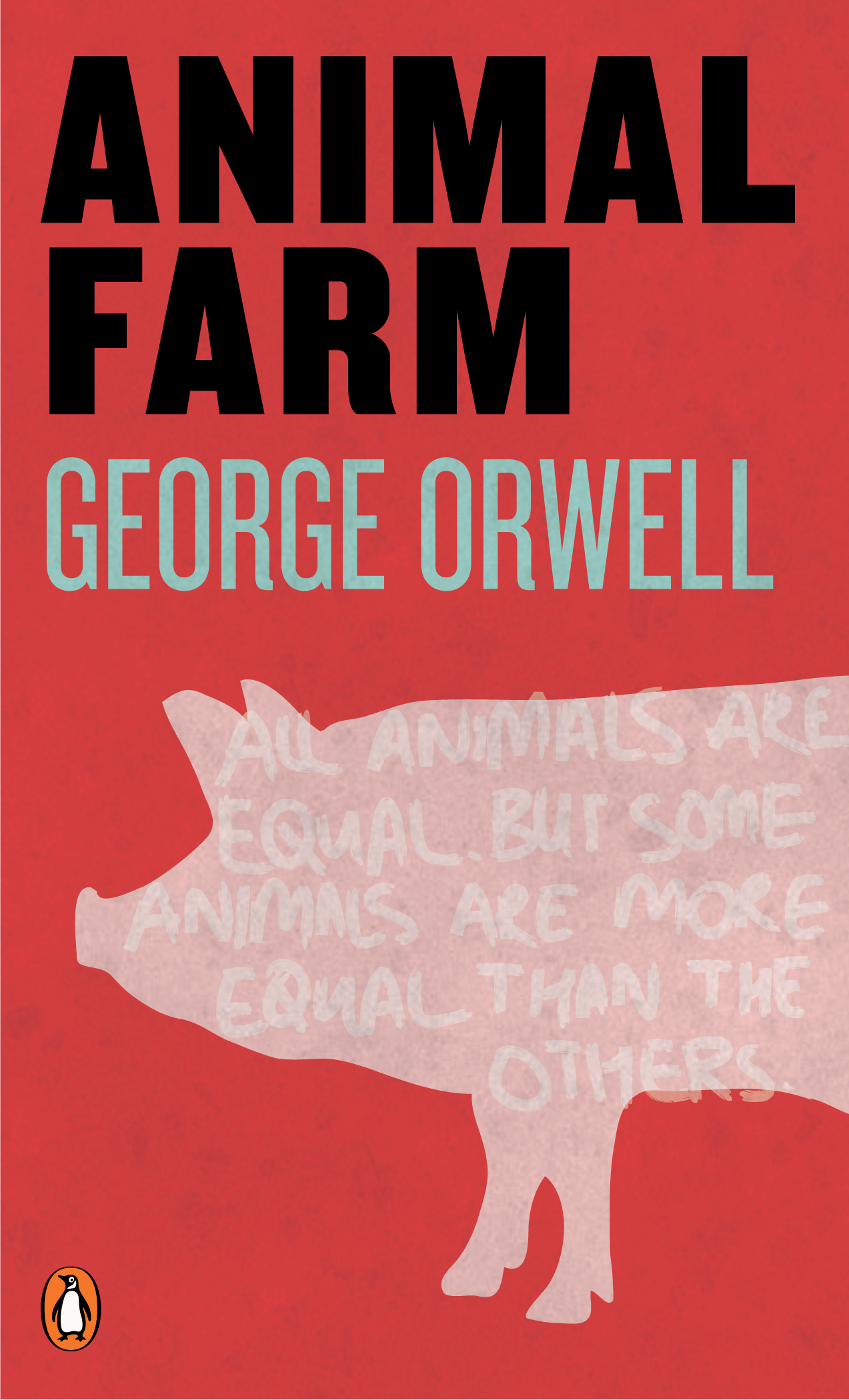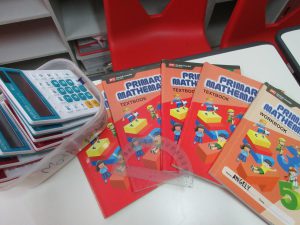—
The unfortunate covid-19 pandemic had forced students, including me, to shift to online learning. In the past months, I have been exploring new topics, researching interesting information and enhancing my knowledge of the world in different themes. One of the themes I have explored is “Production”, which I wrote about the process of making products and researched about various issues in this topic. Chocolate production happened to spark my interest because of its unheard stories and data that are really staggering.
—

Chocolate is a product we enjoy made by the sacrifice of non-fair trade victims which they pour their blood, sweat, and tears to make. Among all of the products that we buy at the end of the supply chain, chocolate is one of the most exploitative of all. Unlike the delicious final product, the stories behind chocolate production isn’t that sweet and beautiful. While we enjoy eating this amazing snack, the farmers who grow them mostly earn less than 2 dollars a day, which is below the poverty line set by the world bank. Most of us are indirectly supporting slavery, child labor, and forced labor by unknowingly and unconsciously buying products from companies who practice non-fair trade deals to exploit uneducated and unempowered farmers in poor communities. While there are people who surely have concerns about this tribulation, ignorance from many is inevitable. However, I believe the research and stories behind your delicious chocolate might help you see the injustice behind food production and encourage you to buy more consciously.
Child Labor and Slavery in the Chocolate Industry

Due to low payment farmers get from unfair-trade companies, child labor, and slavery is a solution for them as it provides low-cost labor. While some children work in this industry because they need to find income for their families which are in poverty, others are tricked by traffickers or sold to them by families in need. Those children are between the ages of 12 and 16. Given the lack of education and the need to find income, these children often continue working in the cocoa farms throughout adulthood, and this cycle of unfair payment and slavery continues. The heavy labor, dangerous tools, unfair treatment and the overall hazardous environment the cocoa industry expose these children to often violate the international labor laws. Similar to child labor, slavery in the chocolate industry is brutal, involving physical violence, mental abuse, and other immoral treatments.
Other Obstacles Cocoa Farmers Face
The chocolate and cocoa industry is huge but farmers face a lot of problems in producing them. One of the many challenges farmers face is climate change and pollution, which causes changing weather patterns, soil composition, an increase in water limitation, and more. According to a research paper written by the Department of Biosystems and Agricultural Engineering at Michigan State University, Climate change is projected to overall decrease the yields of cereal crop in Africa through shortening growing season length, amplifying water stress and increasing incidence of diseases, pests and weeds outbreaks (Niang et al. 2014). Furthermore, they need to face diseases and blights which lead to plummeting sales for the cooperation they work for. In Daniel Stolte’s article, “Cocoa, Currency and a Chocolate Crisis, from the Arizona University, ” About 70 percent of the world’s production of cocoa — chocolate’s main ingredient — comes from just six small countries of West Africa, where a blight disease that kills cacao trees is spreading rapidly, causing decline and death in some trees in less than one year after infection occurs.

”On top of that, nearly all of the corporations they sell to are non-fair trade companies that take advantage of their labor and do not pay them fairly for their hardly grown products.
The reason why most cocoa farmers are treated this way is because of the poverty they are in which drives them to do anything to find an income — whether non-fair trade or not. Due to the lack of support of fair-trade and empowerment, most of the companies they sell to are non-fair, making it extremely hard to make a decent living. To illustrate, let’s look at a shocking statistic that will open your eyes to the world of chocolate production. According to a Fairtrade Foundation video titled “The Story of Chocolate: Unwrapping the Bar”, “Of the 2 million tons of cocoa produced in Cote D’Ivoire in 2016, only 8% of them are produced on fair trade. ”
Financial need is one of the most basic human needs; and if stifled, would cause an array of problems in the livelihoods of many. The non-fair trade low payment further leads to extremely concerning problems including lack of education for the children, lack of decent health care, clean water, and sanitation, and other essential infrastructures. This ultimately drives the whole community into stunting the whole development of the area.
Organization Actions to Help

To help alleviate their poverty, the fair trade foundation is working hard to help the farmers in South Africa. They help train the farmers so their products can increase and teach them the basic principles of fair trades including the minimum wage of fair trades which acts as a safety net when the market prices go down. Their vision is to see a world in which all producers can enjoy secure and sustainable livelihoods, fulfill their potential, and decide on their future. Not only working with the farmer, but they also work with the government to make the laws fairer. Furthermore, they work hard to spread the awareness of non-fair trade deals to the public so the consumers can make wiser choices when shopping to support the farmers.
Supporting fair trade doesn’t only help to pay the farmers fairly, but it also helps to enhance environmental sustainability by reducing greenhouse gas emissions, improving the quality of the soil and water by introducing sustainable agriculture.
The truth is, the lack of transparency in the chocolate industry makes it hard for consumers to consciously choose from fair trade deals. However, consumers can still take action to help contribute to solving this immense problem. They can seek products that are certified by fairtrade organizations like Fairtrade foundation for example. (For your information, here is the list of fair trade chocolate companies recommended by Fairtrade foundation. )
Buying from fair-trade companies doesn’t require any difficulties. By encouraging fair trade, you help workers to have a fair payment while lowering your environmental impacts. So the next time you eat chocolate, make sure you eat those that are produced with love instead of suffering. Help make the chocolate industry sweet and happy again.
Bibliography:
- Adhikari, U., Nejadhashemi, A. P. and Woznicki, S. A. Adhikari, U., Nejadhashemi, A., & Woznicki, S. (2015). Climate change and eastern Africa: a review of impact on major crops. Food And Energy Security, 4(2), 110-132. doi: 10.1002/fes3.61
- Stolte, D.S(2018).Cocoa, Currency and a Chocolate Crisis Retrieved 24 July 2020, from https://news.arizona.edu/story/cocoa-currency-and-chocolate-crisis
- (2020). Child Labor and Slavery in the Chocolate Industry. Retrieved 24 July 2020, from https://foodispower.org/human-labor-slavery/slavery-chocolate/
- The Story of Chocolate: Unwrapping the Bar, Fairtrade Foundation Youtube Channel, https://www.youtube.com/watch?v=-XbP4cn8xhU
- Non-fair trade presentation by Monica Yeom, https://prezi.com/mtcjsbx_uvap/non-fair-trade/






